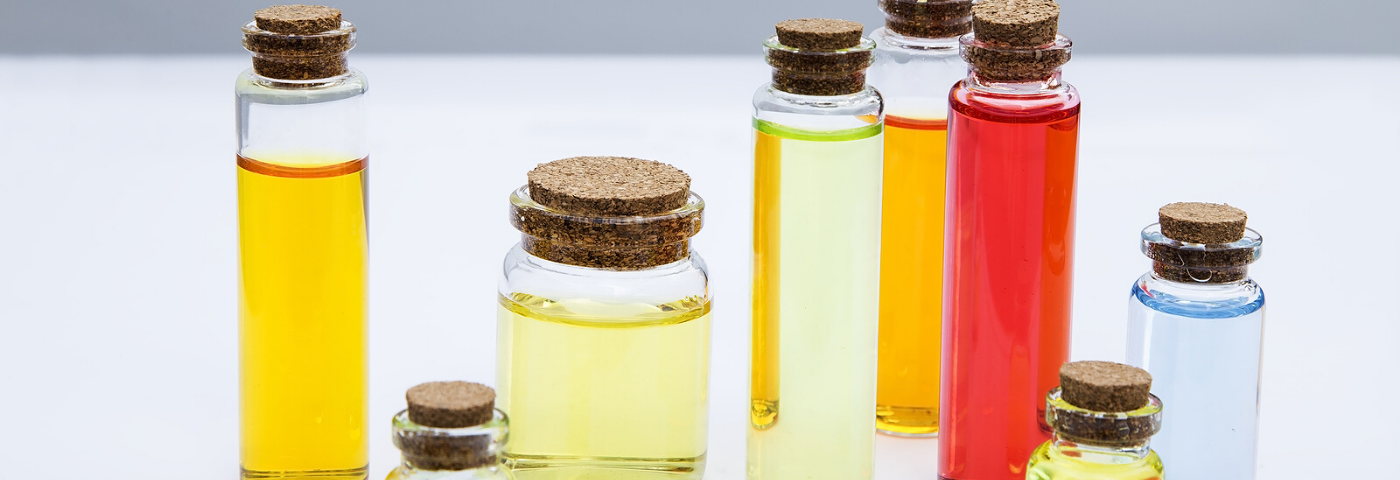Georgalas endeavors LLC
Looking Far Ahead
Although we are not yet looking to add anti-virals to consumer products, nor promoting strategies to attenuate viral infection with topical creams, the evolution of digital formulation tools and communication are accelerating within the context of the Covid-19 work environment.
In this Era
As formulators in the current pandemic era, our task as cosmetic scientists remains the same. Our commitment is to develop a recipe of ingredients and clear instructions and produce a product that delivers benefits to our customers.
These products must have a compilation of features that fulfill desired objectives in an acceptable, usable finished form. Essentially, these features comprise the individual ingredients; and the form and packaging of the final products. What is now acceptable in today’s time frame goes far beyond the simple aspects of functionality, aesthetics, stability and safety.
It enters the tortuous realm of rapidly shifting global regulations; consumers’ view of ethical, “safety” and environmental concerns – all of which are driven by an internet led cacophony of hard facts and nebulous perceptions.
Arrows from our Quiver
While formulators have these additional considerations to juggle, they now can access critical resources online. Just as the baker needs his/her sources of flour, sugar, and yeast etc., formulators have always had to depend on ingredient suppliers for information as well as the materials themselves.
According to the Personal Care Product Council. within the recent past, the number of ingredients and suppliers have grown dramatically to reach over 23,000 INCI citations of over 70,000 trade named ingredients from nearly 5,000 suppliers.
In the past, salesmen’s visits and phone inquiries supplemented limited written material that at times obscured basic information to enhance the chemist’s interest. Here, and now, in the Internet era, we have additionally expanded information with access from supplier websites and information consolidators whilst trade shows have been on hold.
Wither we goest?
We move forward, instead, via long hours at computer screens. Information available to the formulator is Zoomed to us as an epicurean potpourri salad or a virtually indigestible stew depending on your perspective.
In this new information maze, we continue to guide each other through our technical associations including newly discovered access to local and international scientific groups with online journals and technical conferences. All of these have grown exponentially and recently morphed into virtual versions of themselves in this post-Covid-19 environment.
Prior to the advent of ingredient labelling that allowed us to make educated guesses about ingredients in marketed products, past pioneers on the bench depended on the efforts of their predecessors to pass down tested formulas to develop new variations for success.
Today’s new starting points get a head start from the INCI listings of ingredients as mandated by the Fair Packaging and Labeling Act starting in the US in the mid-70s and later adopted in EU to list them in descending order of predominance down to 1%. Formulators can then attempt to copy as closely as possible desired competitive product recipes based on this information and some rudimentary analyses such as percent solids, pH, and viscosity.
Whether we now have an actual physical product in front of us, or imagine the idea for a product that can achieve our new goals, we should envision our target as a benchmark to evaluate our results as we go about the iterative process of product development. We take aim at this target with the trial and error process of making prototypes and evaluating them on the bench, if we have a bench….
Once we identify our product base- a thin liquid or thick gel, emulsion or anhydrous stick etc.-we devise a combination of ingredients to form that base and direct our subsequent efforts with our evaluations- textural, rheological, tactile and olfactory- as well as product performance and safety.
In the skincare realm the vehicle would include emollients and solvents to dissolve lipids: actives, waxes and solid amphiphiles that can form thickening liquid crystalline gel networks, a water phase thickened with hydrophilic gums and polymers and surfactant emulsifiers to stabilize the mix as a homogeneous cream or lotion.
We may have simpler or more complex systems dealing with one or three and more distinct phases that must be stabilized against gravitational forces tending towards creaming, settling, coalescing and ageing. In any case, we reach into our stockroom, to pull out jars and bottles of myriad liquids, powders, flakes and prills we have accumulated from our ingredient sources to make these potions.
We can look at our result from the perspective of how and whether our ideal product delivers its benefits. We must consider whether it functions under a holistic product paradigm wherein the functionality derives from all the ingredients acting in concert. As for example in moisturizers, hair gels or shampoos.
By contrast we envision products that work via an active delivery paradigm such as a sunscreen or anti-ageing cream where the benefits derive from one or more active ingredients analogous to a drug dosage form where, ideally active pharmaceutical ingredients reside in a vehicle both aesthetic in application and safe for the individual and the environment. Using all these resources and our own ingenuity, the formulator hopefully presents a finished formulation.
Let us Move Forward Now: Empowered amidst the turbulence of the times.
Want more insights into formulation? Read the interview with GreenTech on microalgae, biotech and sustainability

